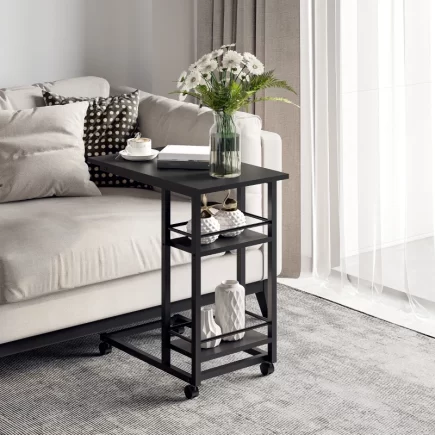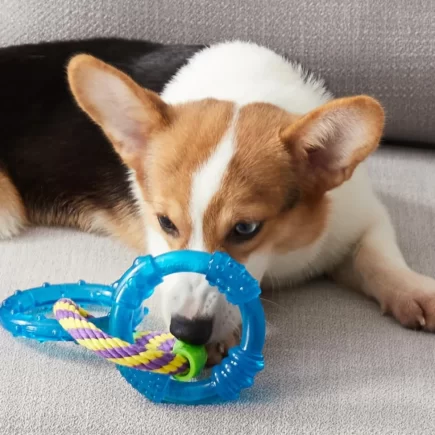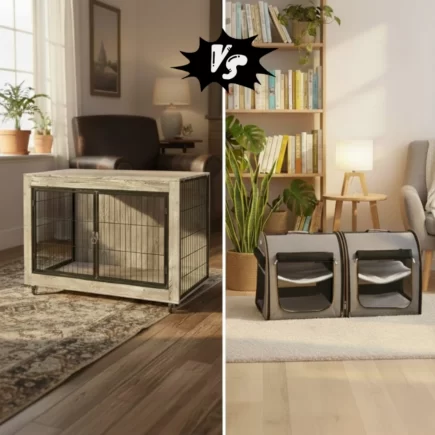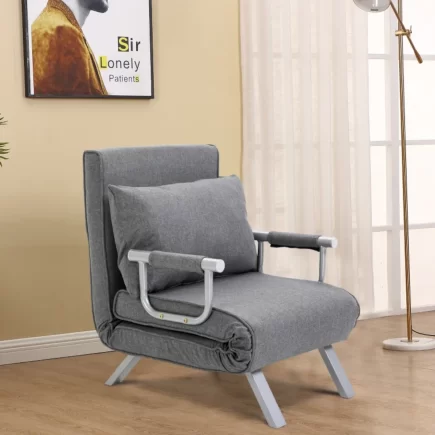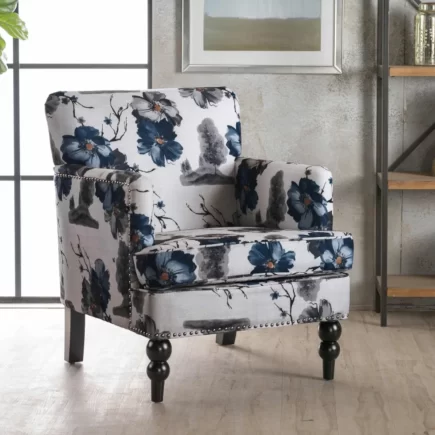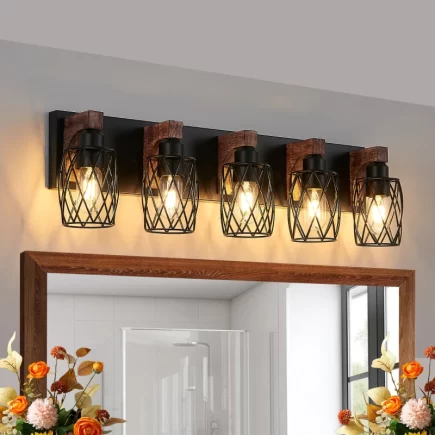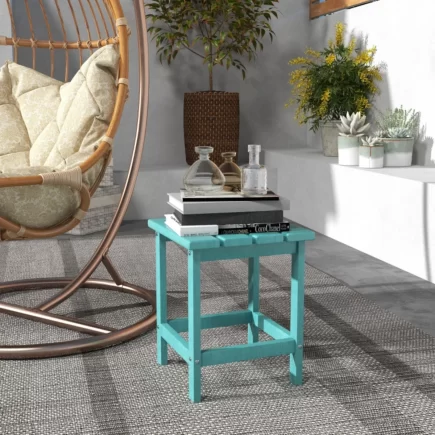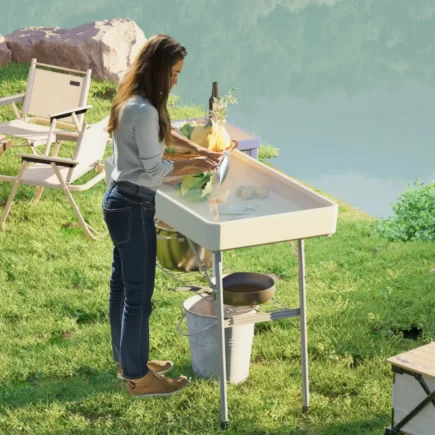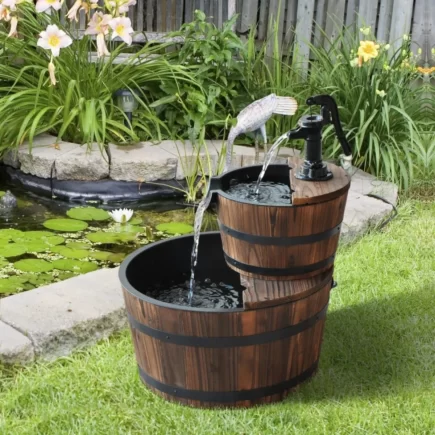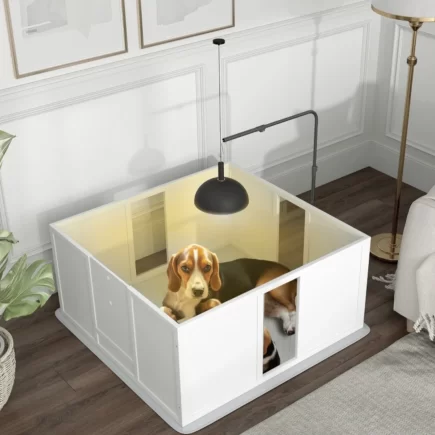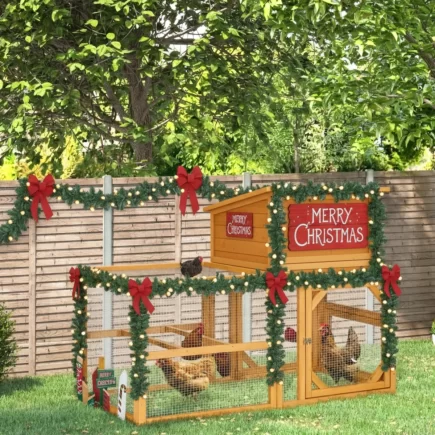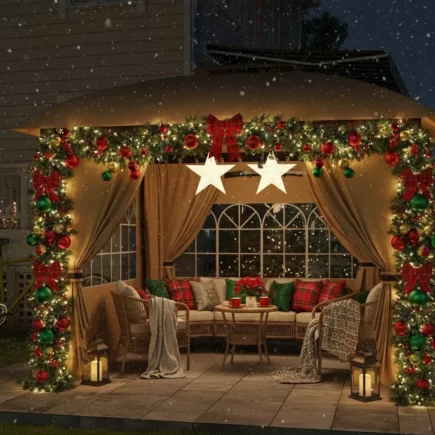A lawn roller is a valuable tool in any gardener’s arsenal. Used to flatten and smooth out the lawn, it ensures that the soil is evenly compacted for optimal grass growth. However, over time, lawn rollers can develop leaks, which can diminish their effectiveness and cause further damage. These leaks often occur due to rust, wear, tear, or impact, but fortunately, fixing a leaking lawn roller is possible with the right tools and techniques.

In this article, we will guide you through the entire process of repairing a leaking lawn roller using welding. We will cover the tools and materials you’ll need, how to assess and clean the affected area, step-by-step welding instructions, and final inspection tips.
Tools and Materials Required
Before starting the repair, ensure you have all the necessary tools and materials. Here’s what you’ll need to get the job done:
| Tools | Purpose |
| Welding Machine | Used to fuse metal and fix the leak. |
| Grinder | To clean and smooth the surface before welding. |
| Hammer | Used for shaping and adjusting dents before welding. |
| Protective Gear | Gloves, welding goggles, suit, and mask for safety during the welding process. |
| Paint Spray | To protect the welded area from rust and improve the finish. |
Assessing the Damage
Identifying the Leak
The first step in repairing a leaking lawn roller is to identify the location of the damage. Inspect the roller carefully for visible signs of rust, cracks, or holes. The leak might be located along the sides, bottom, or in the weld seams. Look for areas where water or sand has leaked out or where the metal appears thin or damaged. Mark these spots for focused repair.

Understanding the Surface Conditions
It’s also crucial to assess the overall surface condition around the leak. Rust, dirt, or paint can interfere with the welding process. If the area surrounding the leak is severely corroded, you may need to clean it thoroughly before proceeding. Otherwise, the weld might not hold properly, leading to another leak.
Cleaning the Affected Area
Using a Grinder
Once the leak is identified, you must clean the area around it. This is a critical step because welding requires a clean surface to bond properly. A grinder is ideal for removing rust, dirt, and old paint from the affected area. Use the grinder to scrub away any debris or corrosion, exposing fresh metal that will accept the weld.

Debris Removal
Along with grinding, ensure there are no other contaminants, such as oil or grease, present on the surface. If there is any grease, use a degreaser to clean the area thoroughly. Any contaminants can prevent the welding material from adhering properly, so it’s important to clean the surface thoroughly.
Preparing the Lawn Roller for Welding
Hammer the Leaking Area
After using a grinder to scrub away any debris or corrosion, the next step is to carefully tap the area of the leak using a hammer. Gently strike the spot to help reshape or realign the metal, which can sometimes close up small gaps where the roller might be leaking. Be sure not to hit too hard, as this could cause further damage. It’s important to work slowly and methodically to ensure that the leak is properly sealed.

Welding Process
Applying the Weld
Now, it’s time to weld the leak. Start by positioning the welding machine over the crack or hole. Begin by applying a consistent bead of weld along the edges of the leak, ensuring that the material melts and bonds together properly. It’s important to apply even pressure as you move along the crack.

Pro Tip: Always start from one end of the crack and work your way across. This ensures that the weld is uniform and helps prevent overheating the metal, which can lead to warping.
Techniques for a Strong Weld
For a strong, durable weld, it’s important to work in small, manageable sections. Apply the weld bead slowly and allow it to cool before continuing. Overlap each new bead slightly over the previous one to ensure a continuous seal. Avoid leaving gaps or thin spots, as these could cause future leaks.

Avoiding Common Welding Mistakes
When welding, avoid overheating the metal, as this can cause distortion or weakening of the metal. It’s important to maintain a steady hand and consistent speed when welding. If you’re new to welding, take your time to practice on scrap metal before working on the roller.
Post-Welding Grinding and Smoothing
Grinding the Welded Area
After the welding process is complete and the weld has cooled, it’s time to smooth the area. Use a grinder to grind down the welded section to ensure a smooth finish. The grinder will help remove any excess material and leave the surface flat and even.

Ensuring Smooth Finish
The goal here is to make sure that the welded area is flush with the rest of the roller surface. If the weld is uneven or protrudes, it could affect the roller’s performance and appearance. Take care to smooth out any rough edges that could cause issues during use.
Painting the Welded Area
Protecting the Weld
After the weld is smoothed out, it’s important to protect the repair from future damage. Painting the welded area with a rust-resistant paint will help prevent further corrosion and ensure the longevity of the roller. Use a high-quality paint designed for metal surfaces to ensure durability.

Application Method
Spray a thin, even layer of paint over the welded area. Allow the first coat to dry before applying additional layers if needed. This will not only protect the weld but also improve the overall appearance of the roller.
Final Inspection
Checking the Weld for Strength
After the paint has dried, inspect the welded area to ensure that the weld is strong and solid. Look for any visible cracks or weak spots in the weld. If you notice any issues, reapply the weld and smooth it again to ensure that the repair is solid.
Testing for Leaks
Once you’re satisfied with the repair, perform a test to check for leaks. You can run a water test by filling the roller with water or sand and checking the repaired area for any signs of leakage. If there is no leakage, the repair is complete.

By following these steps, you can fix a leaking Lawn Roller and restore its functionality. Welding provides a reliable and cost-effective solution, ensuring your roller continues to serve you for years to come. For additional tools and garden equipment, visit Aosom’s Garden Tools section to find everything you need for your lawn care projects.
FAQs
1. What should I do if my lawn roller develops multiple leaks?
If your roller has multiple leaks, you should assess the extent of the damage. If the damage is widespread, welding might be required in several spots. It’s crucial to fix all leaks to restore the roller’s effectiveness and prevent further damage.
2. How long will a welded repair on a lawn roller last?
A welded repair can last many years if done correctly, especially if you take care of the roller by cleaning it after use and storing it properly.
3. What safety precautions should I take while welding a lawn roller?
Welding involves high heat, so it’s essential to wear protective gear, including gloves, goggles, a welding helmet, and a flame-resistant suit. Ensure your work area is well-ventilated, and always have a fire extinguisher nearby in case of sparks or fire hazards.

